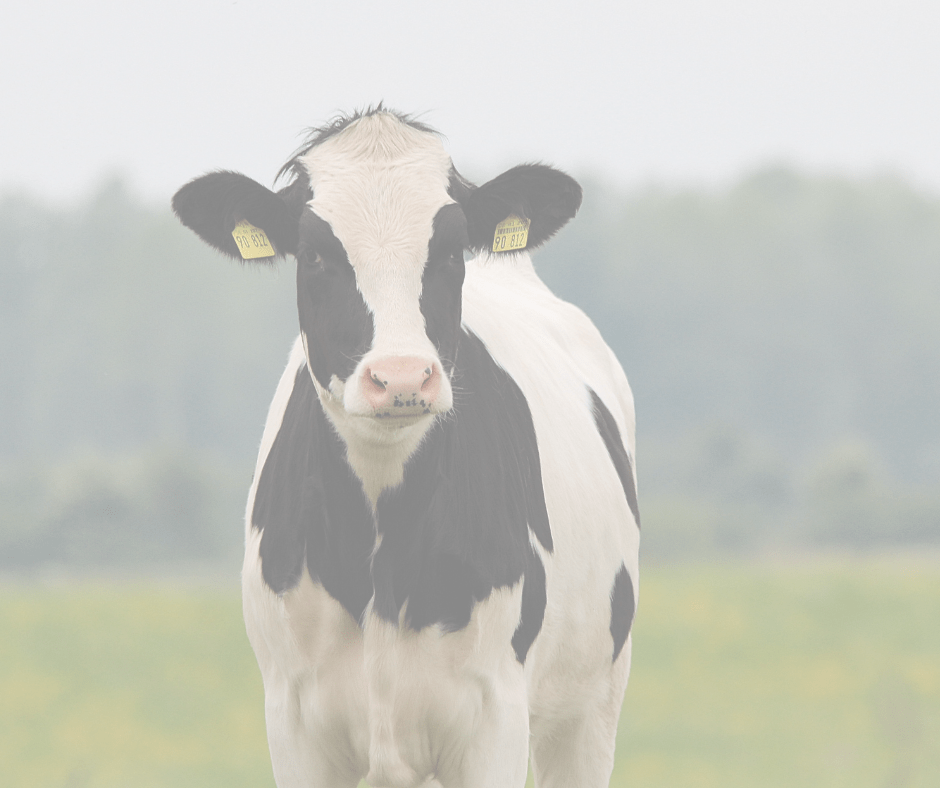Natural Doesn’t Always Mean Safe
The “ancestral skincare” trend has taken social media by storm. From TikTok routines to influencer skincare lines, beef tallow is being praised as a natural moisturizer for glowing, healthy skin. But what happens when “natural” meets medical aesthetics?
Before reaching for that jar of tallow after your latest treatment, it’s important to understand what’s safe—and what could interfere with your skin’s healing.
“In aesthetic medicine, safety and science must always come before social media trends.”
🔍 What We Know (and Don’t) About Beef Tallow
What Is Beef Tallow?
Beef tallow is rendered animal fat—a mix of saturated fats promoted for its skin-softening and nutrient-rich properties. It contains small amounts of vitamins A, D, E, and K, and its fatty acid composition resembles the skin’s natural oils (sebum).
While these traits make it appealing to some, its use in modern skincare has not been validated by clinical research. Historically, tallow was used for dry, cracked skin—but those uses were anecdotal, not evidence-based.
Theoretical Benefits
In theory, beef tallow may:
- Lock in moisture by reducing water loss through the skin
- Support the barrier with fatty acids like stearic and palmitic acid
- Deliver vitamins that nourish the skin
However, there’s no scientific evidence that beef tallow performs better—or as safely—as professional skincare ingredients like ceramides, niacinamide, or hyaluronic acid.
Limitations and Concerns
When applied to healthy skin, tallow can act as a heavy moisturizer. But when it comes to post-procedure care, the drawbacks outweigh the benefits:
- No clinical research supports its use after professional treatments
- Comedogenic potential may lead to clogged pores or breakouts
- Allergic reactions to animal proteins are possible
- Risk of contamination if not properly processed or stored
- Occlusive heaviness can trap debris and bacteria
🚫 Why Beef Tallow Should Never Be Used After Procedures
Treatments like microneedling, Morpheus8, chemical peels, and dermal fillers intentionally disrupt the skin barrier to stimulate collagen and renewal. This creates temporary micro-injuries—meaning your skin is more vulnerable to infection, irritation, and inflammation.
Here’s why beef tallow isn’t suitable post-procedure:
- Infection risk: Bacteria can become trapped in healing tissue
- Delayed recovery: Heavy occlusives can interfere with normal wound repair
- Breakouts or folliculitis: Clogged pores are common when using tallow on reactive skin
- Allergic or inflammatory responses: Residual proteins may trigger redness or swelling
- Unregulated quality: Homemade or cosmetic tallow is not sterile or standardized
In short: even “natural” fats can cause harm when applied to open or healing skin.
✅ Safe and Proven Alternatives for Healing Skin
After any procedure that opens or stresses the skin barrier, stick with sterile, evidence-based skincare.
Dermatology-approved aftercare includes:
- Fragrance-free, gentle cleansers
- Pure humectants such as hyaluronic acid
- Barrier-supportive creams with ceramides or peptides
- Petrolatum-based ointments (e.g., Vaseline) for the first 24–48 hours
- No active ingredients (retinoids, exfoliants, or acids) during recovery
- Consistent hygiene and SPF to protect new skin
These products are clinically tested, non-reactive, and proven to support healing without risking infection.
⚖️ Verdict: Not Recommended for Healing or Post-Procedure Skin
Beef tallow might feel nostalgic and natural, but it’s not appropriate for use on healing or compromised skin. The risk of trapping bacteria, delaying recovery, or triggering inflammation far outweighs its moisturizing potential.
Once the skin is fully healed, some individuals may experiment with pharmaceutical-grade purified tallow—but only under professional guidance and after patch testing.
💡 Practical Takeaways
- Follow your provider’s post-procedure instructions.
- Use sterile, evidence-based skincare while your skin heals.
- Avoid homemade or animal-derived products on open skin.
- Remember: natural doesn’t always mean safe.
Final Thoughts
At Be Beautiful Medical, we believe in blending art, science, and safety in every treatment. While beef tallow may appeal to the “back-to-basics” skincare crowd, it doesn’t meet the clinical standards your skin deserves—especially after treatments that rely on precision and healing.
Your skin’s best results come from professional care and science-backed aftercare that protects and restores your natural radiance.
Author’s Note
Written by Dr. Christine Suess, Medical Director at Be Beautiful Medical.
Dr. Suess is an aesthetic physician dedicated to evidence-based beauty. Her approach emphasizes safety, natural results, and education — because beauty starts with understanding your skin.
Questions or ready to book a consultation?
Reach out to us to book a free virtual consultation.

